A new census of North American Jewish supplementary schools found an alarming decline in attendance. But the data also tell another story: across the country, fledgling Hebrew schools are opening their doors, and Jewish families are walking in.
The kids were getting older. Brett was five; Abby, at nine, was approaching bat mitzvah. And still, Rebecca Rosenzweig reflected, they knew almost nothing about their heritage.
A bedroom community on the Pequonnock River with award-winning public schools, Monroe, Connecticut, was a wonderful place to raise children. But the town’s tiny Jewish population meant educational opportunities were limited. Months before, the Rosenzweigs had explored the one or two synagogues in the vicinity that offered bat mitzvah prep, and came away discouraged. “We just weren’t finding something that fit,” Rosenzweig says.
Unpleasant recollections of her own Hebrew school experience—“It’s not a fond memory”—made Rosenzweig unwilling to compromise. She and her husband, Jeremy, let the issue drop.
The Rosenzweigs are not alone. Overwhelmed by a plethora of after-school commitments and turned off by their own unhappy childhood experiences, thousands of American parents are opting out of Hebrew school. A Census of Jewish Supplementary Schools in North America—published this year by the New York-based non-profit the Jewish Education Project—found that enrollment in Hebrew school was down 45 percent since 2006, with classes shrinking across the board and 556 schools closing down completely.
But the Census also tells another story, one the Rosenzweigs experienced first-hand.
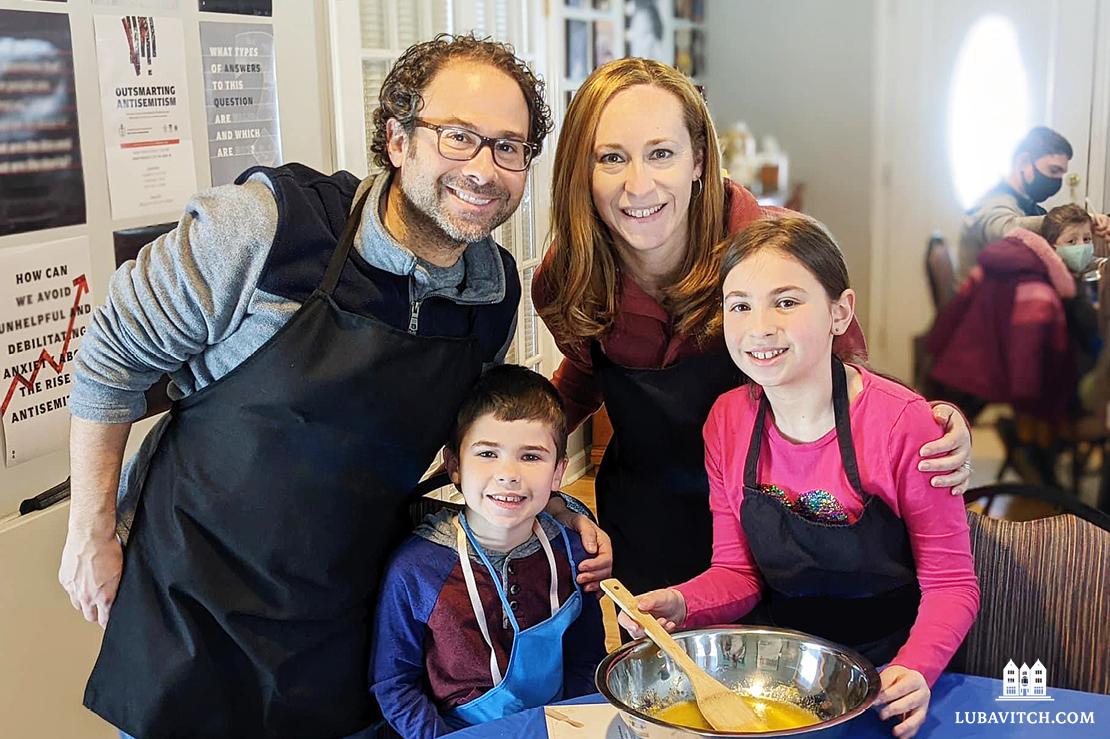
Months into the Covid lockdown, Rebecca heard about a virtual Jewish kids’ program run by Chabad of Shelton, one town over from Monroe—no synagogue membership required and only a nominal fee. To her surprised delight, “Even over Zoom, the kids were interested.”
When the lockdown ended and Chabad began offering in-person kids’ events, the Rosenzweigs signed up. Leah Brook, Chabad representative to the greater Shelton area, offered immersive, fun projects that gave their family traditions a new weight, Rosenzweig says: “They filled in that gap by giving significance and meaning to each holiday.” The kids—and parents—made new Jewish friends.
Brett and Abby liked the Chabad programs so much that, in the spring of 2020, Rosenzweig asked the Brooks to expand into a full-fledged Hebrew school.
Moment of Reckoning
Established in the nineteenth century as a defense against Christian missionaries, Jewish Sunday schools provided essential knowledge to immigrant children whose families could not afford private Jewish instruction. But in the twentieth century, as Jews moved out of the cities and into the suburbs, Hebrew school became the symbol of an uncomfortable compromise: “Even for parents who had resources, there was a real appeal in sending children to public schools as an affirmation of commitment to American life,” says Laura Yares, assistant professor of religious studies at Michigan State University and author of Jewish Sunday Schools. Congregational Hebrew school assuaged parents’ desire to maintain Jewish identity, but their after-school hours, old-school curriculum, and rote methods of instruction quickly became a locus of resentment for their children.
Today, the growing number of Jews who see themselves as “Jews of no religion” has made Hebrew school too big an ask for the estimated ninety-five thousand Jewish children whose spot in the synagogue classroom now sits vacant.
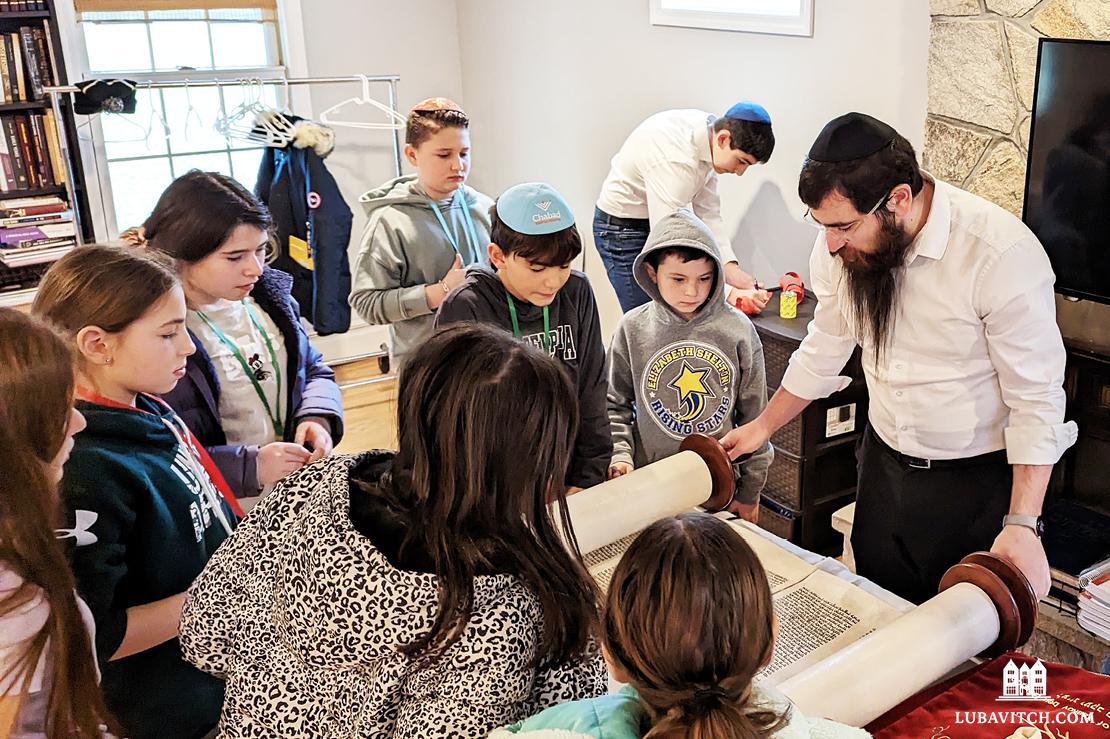
The new Census has provoked a reckoning in the American Jewish establishment. Of the 1.5 million school-age Jewish children in the United States, only around three hundred thousand attend Jewish schools. Hebrew school’s decline raises the uncomfortable question of what American Jewry might look like without it. “Approximately 50 percent of all non-Orthodox Jews are engaging in Jewish education through the supplementary school setting,” says Dena Klein, a contributor to the Census and director of new models at the Jewish Education Project. “That’s a very large number of children and families. It’s both our obligation and our privilege to meet their needs.”
Against this backdrop, the Census found, small Chabad Hebrew schools—80 percent serve fewer than fifty students—are opening across the country. More than thirteen thousand American children now attend Chabad Hebrew school programs, which have grown to constitute 21 percent of all Jewish supplementary schools in the United States. Operating on shoe-string budgets, the schools offer parents an affordable education that delivers substantive Jewish knowledge to kids, and a sense of belonging and community to the entire family.
Changing the Paradigm
The unpleasant memories that have driven parents away from Hebrew school were born of a retrograde approach to education, Klein says. Traditional Hebrew school—modeled on its Christian counterpart complete with “Jewish catechisms”—emphasized rote memorization. That approach was not popular in the twentieth century, and in the twenty-first, it’s obsolete. “Nowadays kids need a very different kind of Jewish education,” Klein says. “They need something that helps them understand the ways Judaism can influence their everyday lives, and help them become the people that they’re striving to be.”
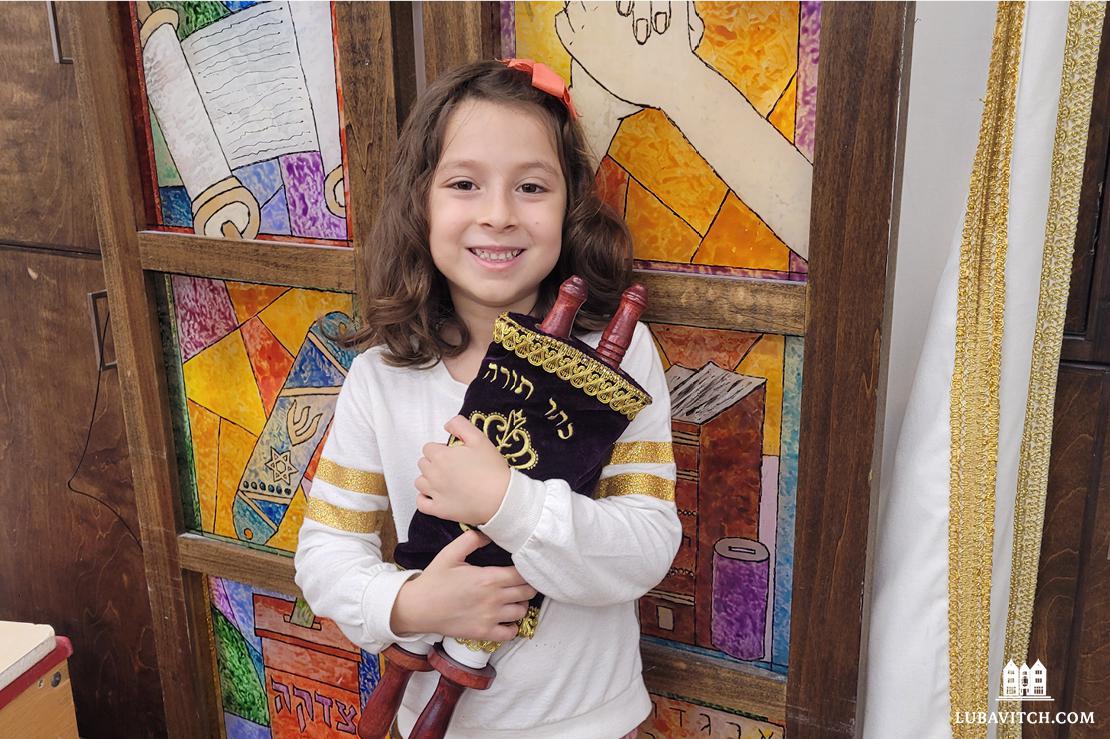
In 2015, while working as a Jewish Education Project consultant, Klein encountered a Hebrew school that seemed to break the traditional mold. The Harlem Hebrew Language Academy’s after-school program, Kivun, directed by Chabad representative Sarah Alevsky, impressed Klein with its emphasis on experiential learning. After a long day at the charter school, Alevsky took the kids out to the playground. “But then she said, ‘We don’t have to wait until the playground time is over to start Jewish learning. We can do it right here,’” Klein recalls. Lessons on teamwork and physical fitness segued into a discussion about the wonder of creation: “She built the learning around their interests, their needs, and their experiences, so it was super life-relevant,” Klein says.
Now co-director of family programs at Chabad on the Upper West Side of Manhattan, Alevsky has also directed the Hebrew school there for the past thirteen years. After working with Klein and others from the Jewish Education Project, she challenged her fellow Chabad representatives to map out a curriculum that would leave Hebrew school graduates with a real sense of their identity and heritage.
At Chabad headquarters in Brooklyn, the movement’s newly formed children’s network, CKids, saw a chance to empower an expanding network of educators. The organization’s curriculum development team, inspired by Alevsky, produced a complete set of courses for kindergarten through eighth grade. The lessons center around interactive learning and aim to give children an experience directly relevant to their lives. “We want children to feel that these are their stories,” CKids director Zalman Lowenthal says. “The course covering the Book of Genesis, for instance, is entitled Bereshit: Story of My Life.”
The curriculum includes units on Torah, Tanach, Jewish history, and Jewish law. But throughout, Alevsky says, there is an emphasis on Judaism’s core ideas: “We want kids to walk away with the knowledge that they have a unique purpose in this world, and that every mitzvah creates a connection with G-d.” Biblical stories emphasize the choices that patriarchs and matriarchs faced, not so different from the ones confronting young people today. “Every person has an internal conflict inside of them,” Alevsky says. “By choosing good over evil, they can have an infinite impact on their surroundings.”
To date, CKids reports that five hundred Hebrew schools are using some segments of their curriculum.
More than thirteen thousand American children now attend Chabad Hebrew school programs, which have grown to constitute 21 percent of all Jewish supplementary schools in the United States.
The resources are especially helpful for smaller communities. As with the Brooks’ program in Shelton, most Chabad Hebrew schools are small but growing. When Mushka Kesselman opened her Chabad Hebrew school in Frisco, Texas, five years ago, just five children joined her around her dining room table. In 2023, sixty kids enrolled.
But educational resources alone don’t account for Chabad educators’ success in reaching unaffiliated families. While working with Alevsky at Kivun, Klein noticed that “the program itself was so deeply relationship-based. Her teachers really knew the kids; they knew their parents. They had the child’s experiences and interests at the heart of everything that they designed.”
Chabad Hebrew schools’ emphasis on experience means that students—and their families—are invited to participate in Shabbat and holiday programming alongside their teachers, Alevsky says: “The kids are immersed in a real, authentic Jewish experience.” And that commitment on the part of the teachers often moves Chabad Hebrew schools beyond the realm of “supplementary education.” “We don’t see ourselves as educating a child. We’re educating a family,” Alevsky says. “We’re not working towards a bar mitzvah. We’re working towards a connection for life.”
Meeting New Needs
Shortly after moving to Shelton in 2018, Leah Brook’s pre-Purim Hamentash Bake flopped. “I invited the few families I knew,” she recalls. “Five kids came, which was sweet, but the recipe didn’t work; there was no energy, and I thought, this is not my thing.” She’d always enjoyed teaching adults, and there seemed to be few young families in Shelton in any case.
But the kids were eager to get together, and they knew others who wanted to join. The families came back to the next program, and the next. Brook upped her game with immersive, fun kids’ club programs. Word spread fast. To her amazement, a community began to develop. “I love seeing the friendships that have formed—not only between the kids, but the parents, too. It’s a community in the making,” she says.
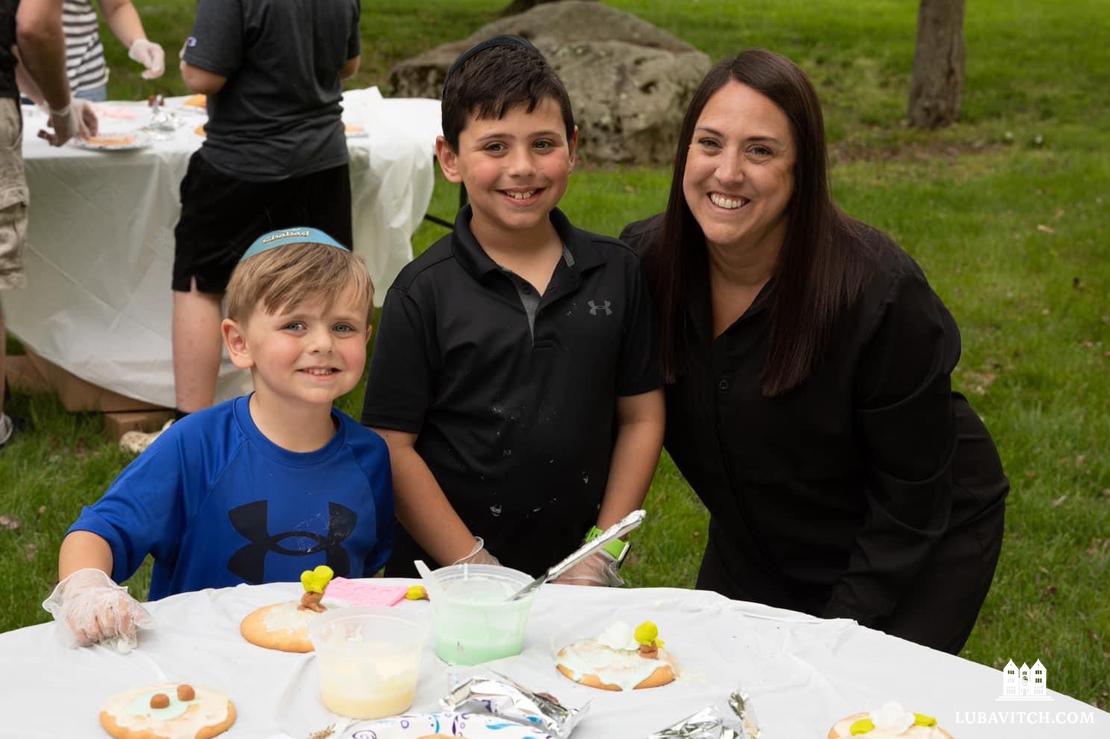
In the fall of 2021, the Brooks took on Rebecca Rosenzweig’s challenge, launching a formal Hebrew school. Called Juda: Judaism Through the Arts, their program opened with ten students.
The school tailors its schedule to the needs of the families, offering two, ten-week sessions that end just before summer youth sports begin. More importantly, parents appreciate that the experience is joyful, with an emphasis on hands-on activities and learning outdoors whenever possible.
Rosenzweig was five when her parents moved to southwestern Connecticut. Now, she says, Chabad has brought a new approach to the area. “A lot of synagogues today are dying. I see that firsthand from family members. But Chabad is reaching out to the younger generation. Our kids are connected with other Jewish kids now, which is so important, especially in an area without a huge Jewish population.”
And, she adds, “My kids have a better sense of identity. They’ve learned so much in just two years. The education the Brooks are providing is invaluable to us right now.” Rosenzweig echoes the sentiments of other parents who want the same for their children. In its second season (2022) Juda’s enrollment more than doubled to twenty-one kids.
Operating on shoe-string budgets, Chabad Hebrew schools offer parents an affordable education that delivers substantive Jewish knowledge to kids, and a sense of belonging and community to the entire family
Like many of her colleagues, Brook is focused on meeting rigorous educational objectives. Embedded in the fun, interactive activities are serious lessons: the “Modeh Ani” prayer is the impetus for discussions about how to express gratitude. In lessons about healthy and mindful eating, the children learned what kosher is and how to identify kosher symbols and foods. Shabbat—how we observe it and why—took the children on a journey through the meaning of sacred time.
“Our goal is to empower the children with the skills, knowledge, and values they need so that they can own and participate in an authentic Jewish life as they go forward,” Brook reflects.
At the Jewish Education Project, Klein has been working with educators for years to achieve these objectives. While the Census findings are unsettling, she believes that experiential, relationship-based models are catching on in Hebrew schools across the country. “Obviously the data indicate that Chabad is educating a growing segment of the engaged children in our study,” she says. “We need to do more research to understand what that might teach us.”
This article appears in the Fall/Winter 2023 issue of Lubavitch International, to subscribe to the magazine, click here.
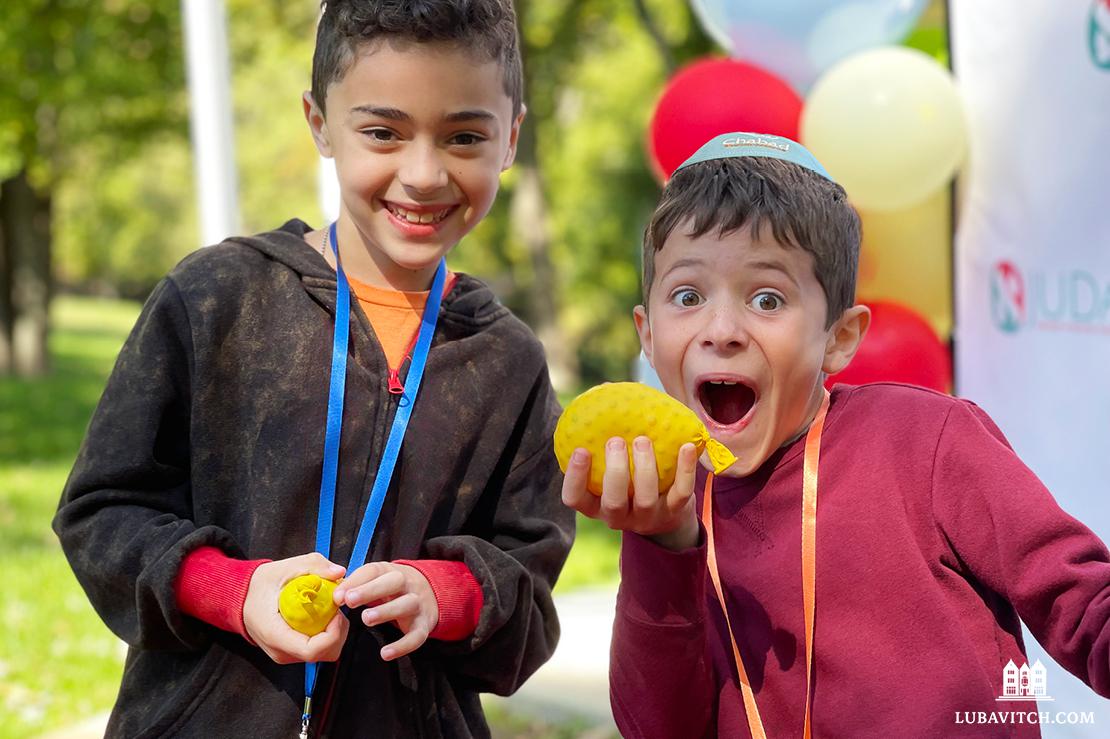
Be the first to write a comment.